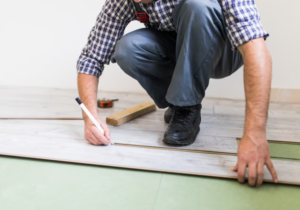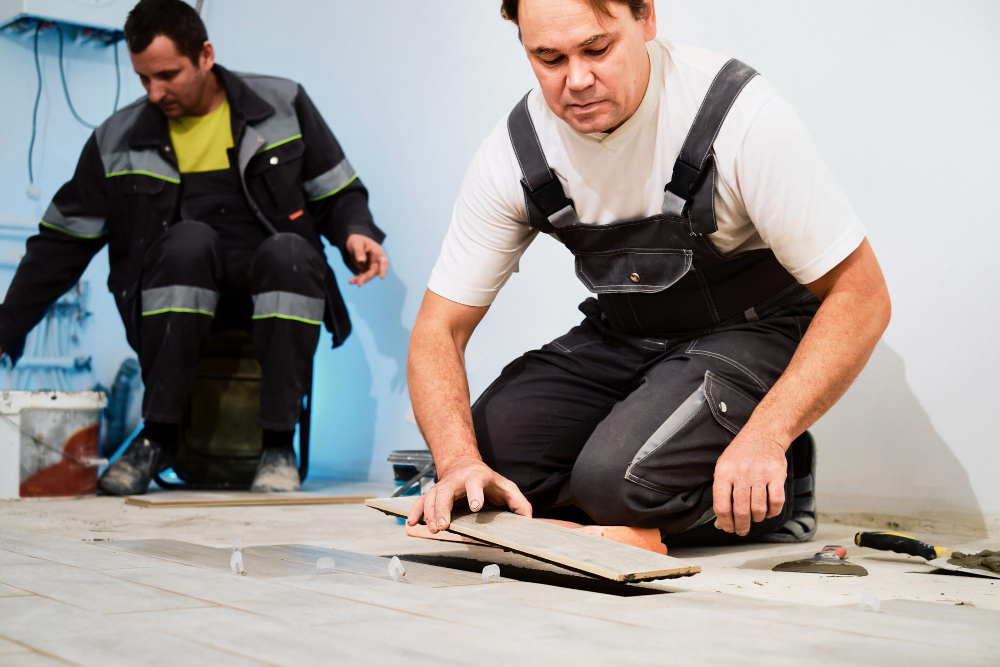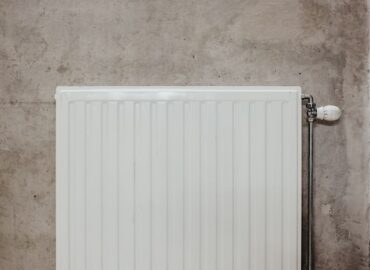Vinyl flooring is one of the most flexible types available. Available as sheets, tiles, or planks in various design options to match any room decor, vinyl floor tiles & vinyl plank flooring present many possibilities when it comes to floor coverings.
Installing vinyl flooring is simple: rolls can be stapled or glued down, similar to carpet or underlayment.
Carpet flooring is one of the easiest types to cut with a tool similar to that used for paper cutting. This method allows for precise cuts around heat registers.

Easy to Clean
Vinyl tiles make an excellent flooring material choice because they are easy to maintain, versatile, and resistant to UV rays, fire damage, and fading.
Before beginning your project, read and follow the installation instructions provided by your tile manufacturer for precise guidelines and details. Accurately measuring your floor space will help determine how many boxes of tiles to purchase to reduce waste.
Daily sweeping will prevent dirt from scratching vinyl flooring surfaces, and wiping it down with a soft cloth can remove stubborn spills or stains. Foam or felt pads under furniture feet or fitting chairs with non-abrasive felt tips will also help minimise furniture dent damage to the flooring surface.
Easy to Install
vinyl plank flooring can be installed in various ways, depending on the product. It’s essential that installation instructions be strictly followed, from prepping the area and subfloor needs to work around walls and trim, until finally installing all tiles on each area of the subfloor.
Some vinyl tile comes equipped with an easy peel-and-stick backing, while other varieties require flooring mastic to be troweled onto the floor, then individual tiles pressed down individually into their positions. This traditional method of installation has become less popular over time due to the rise in popularity of luxury vinyl tile (LVT), or plank flooring, that mimics stone or wood surfaces.
As part of your floor layout process, start by snapping two centerlines that intersect at the doorway; this will serve as your guide when laying out tiles on the floor. Avoid leaving thin tiles near any walls, as this could result in their collapse.
Easy to Repair
Although vinyl flooring is durable, it can still become damaged over time. Rip and tear damage caused by pets, kids, furniture, or being cut by sharp objects is possible, but repairs are simple if larger areas have been affected. Simply heat the adhesive that holds the old tiles together until it is soft enough so you can remove them and reglue them with new ones easily.
Heat a small section of the floor using a heat gun, clothes iron, or hair dryer to loosen the adhesive, then use a stiff paint scraper under tiles to loosen and pull up loose ones with pliers before cleaning away any remnants with mineral spirits on a cloth rag.
Durable
Vinyl floor tiles are multilayered products designed to withstand regular wear. Water, scratch, and stain resistance make vinyl ideal for use in rooms like bathrooms and kitchens that experience frequent moisture exposure. Self-adhesive tiles or sheets of standard vinyl may offer added durability; these may also make an effective addition for rooms where condensation builds up, such as closets.
Other durable flooring materials include porcelain and ceramic tile flooring. While both options can withstand pressure without cracking in high-traffic environments, porcelain and ceramic tiles may crack under pressure or in high-traffic zones.
Tile floors can be more costly to maintain. To help protect them, place rugs in high-traffic areas and equip furniture with felt tips so as to avoid damaging your floors. Also important for protecting them are regular sweeping sessions and grout re-grouting as necessary, keeping them looking their best and increasing resale value.
Affordable
Vinyl flooring is one of the most cost-effective flooring materials available and comes in an assortment of textures, colours, and styles that can complement almost any room in the house.
Installation is relatively fast and straightforward for vinyl tiles; unlike ceramic tile installations that require extensive experience to complete correctly, vinyl tiles can be cut to size for effortless self-adhesion.
Sheet vinyl comes in rolls measuring up to 12′ wide and can be laid directly over existing flooring such as wood, carpeting, or vinyl tile. It can also be applied to concrete surfaces. Sheet vinyl flooring is less costly than laminate, hardwood, or high-end carpeting and may last for up to 25 years with proper care; however, its lifespan can be diminished when subjected to heavy wear and tear, and it doesn’t provide as much durability compared with ceramic tiles.





